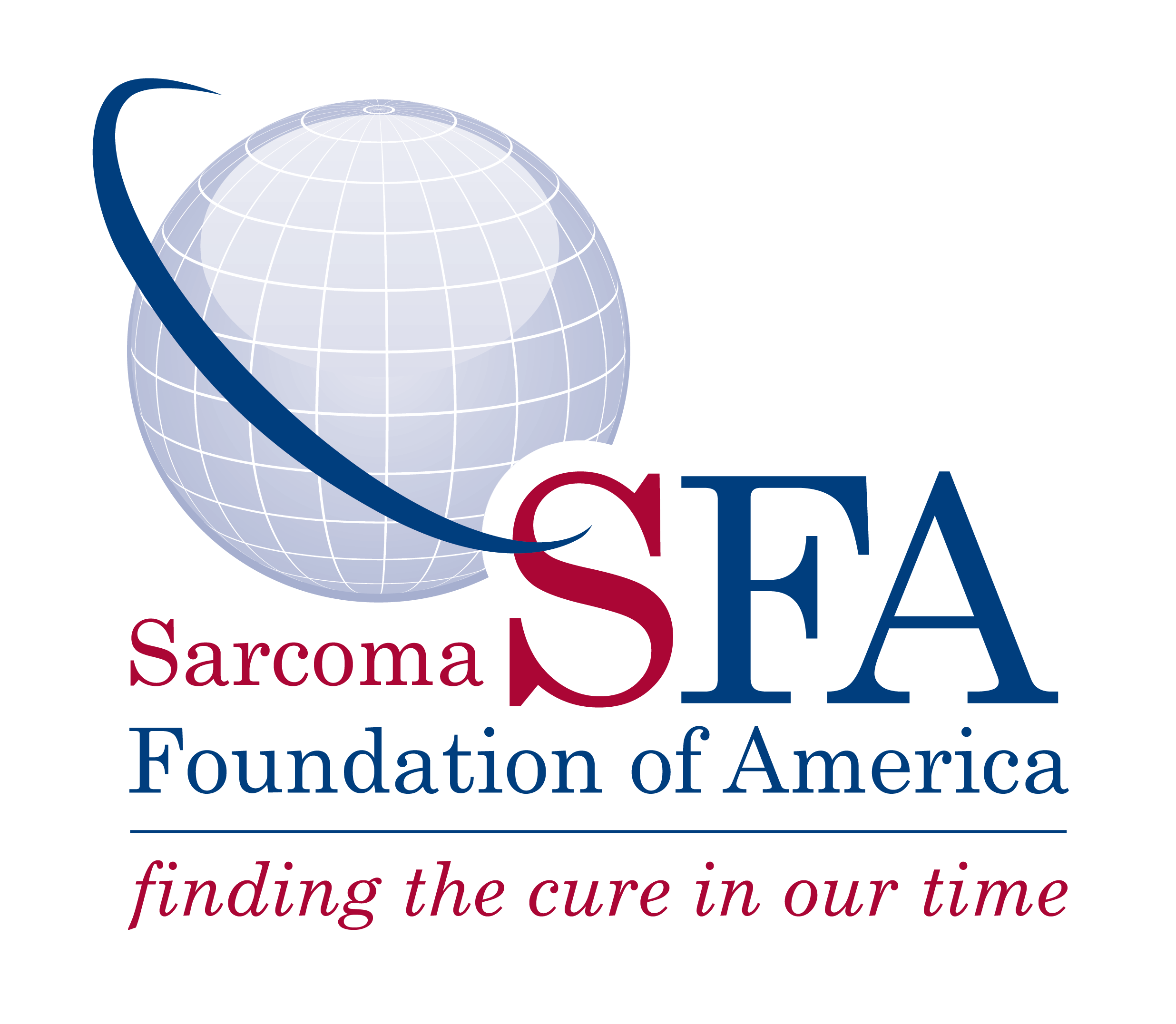Despite multiple advances in cancer therapy, osteosarcoma survival remains heavily dependent upon the existence of metastatic disease at the time of diagnosis. Patients with non-metastatic osteosarcoma have a survival rate of nearly 70%, which declines to levels as low as 15% once metastatic disease to the lungs is detected. The lack of new effective therapies for this disease lies in the lack of pre-clinical models that evaluate metastatic osteosarcoma, rather than primary tumors. Further, no effective methodology for in vivo quantitative tumor and lung metastatic imaging has been developed, which may in turn help us characterize the benefits of small… Read More »
The use of ALK inhibitors in ALK mutant familial and sporadic neuroblastoma has finally ushered in the era of targeted therapies in pediatric cancers, whereas in adult cancers, targeted therapies have been revolutionizing cancer care for more than a decade. Ewing’s Sarcoma, which is defined by a EWS-FLI1 translocation event in roughly 90% of cases, is an often fatal disease of children and adolescence. Importantly, these cancers are clearly driven by aberrant EWS-FLI1 expression, as evidenced directly by laboratory experiments and indirectly by its otherwise very low mutation burden. Unfortunately, targeted therapies that directly block transcriptional factors are not available,… Read More »
Distant metastases cause more than 90% of cancer-related mortality. Children suffering from osteosarcoma, where the typical route of spread is from bone to lung, are no exception. Unfortunately, 40% of these pediatric patients fail to be cured by the current standard of care and ultimately succumb to metastatic disease. Recent clinical trials have demonstrated that intensification of chemotherapy regimens does not provide added benefit and outcomes for patients have not significantly improved for over 25 years. There is therefore a pressing clinical need to determine the factors responsible for lung metastasis in osteosarcoma to facilitate development of novel anti-metastatic therapies… Read More »
Angiosaroma is a rare and aggressive sarcoma of childhood and adults with a very poor overall survival of 25% at 5 years. No effective systemic therapy has been described for this disease. Little research has been done on this entity as very few preclinical models exist with which to study the disease. We have developed the first genetically engineered mouse model for angiosarcoma that incorporates some of the known driver mutations and pathways involved in tumorigenesis. The model is robust with complete penetrance and tumors arise predominantly in the skin, allowing for accurate temporal tracking of tumor progression. The model… Read More »
Cutaneous angiosarcoma is a deadly neoplasm of the dermal vascular endothelium that comprises roughly 1% of all soft tissue sarcomas. It is typically locally advanced at presentation, rendering surgical cure difficult and post-surgical metastasis is common. Standard of care includes wide margin excision and intensive wide-field radiotherapy. The use of chemotherapy is controversial though significant palliation can be achieved with doxorubicin and taxane-based regimens. Nonetheless, even the most aggressive standard of care interventions yield abysmal five-year survival rates of only 10-35%. Sarcoma, particularly splenic hemangiosarcoma, is also a devastating and lethal disease among the domestic canine population, accounting for up… Read More »
Epithelioid sarcoma (ES) is one of the deadliest subtypes of soft-tissue sarcoma. Despite its benign presentation it often metastasizes to the lymph nodes and lungs and is essentially always recalcitrant to standard chemotherapy. There are two types of ES, classical (distal) and proximal, that are actually distinguished more by their histology rather than their anatomic location. It has a similar behavior to angiosarcoma in that it can start at the distal extremities and progress towards the body’s trunk. However, histologically and molecularly it relates more to malignant rhabdoid tumor and synovial sarcoma. These three sarcomas are from mesenchymal origins but… Read More »
One of the major challenges associated with clinical and translational research in patients with bone and soft tissue tumors has been the relative rarity of bone and soft-tissue tumors and a dearth of well-annotated clinical registries for these patients. We have developed a unique registry at Ohio State University which combines (i) a well-annotated, manually-curated dataset (REDCap) of key data elements known to be important in sarcoma outcomes with (ii) unstructured “big data” (labs, ICD-9/10 codes, medication history) derived from the patients’ electronic health record (EHR). In addition, we have the ability to incorporate next-generation sequencing, digital pathology images, and… Read More »
Rhabdomyosarcoma is the most common pediatric soft tissue sarcoma. Survival rate remains poor for patients with relapsed or metastatic disease. There remains an urgent need for novel therapeutic targets. Our previous work with histone deacetylases (HDACs), key epigenetic modifiers in normal and neoplastic cells, has demonstrated the essential role of HDAC3 in suppressing RMS tumor growth. Through gene expression and proteomic profiling of HDAC3-deficient RMS cells, we have identified candidate genes functioning downstream of or interacting with HDAC3. To characterize the candidate genes, we have developed an effective high-throughput CRISPR-mediated gene targeting strategy, which allows for efficient phenotypic readout from… Read More »

